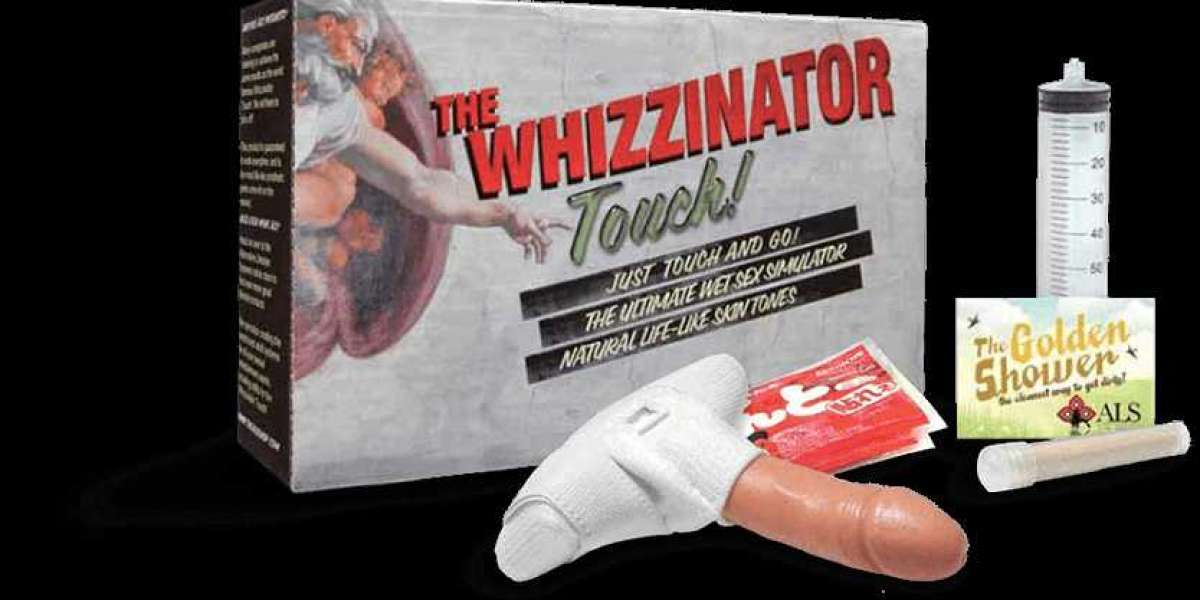When it comes to oxygen concentrators, there are various options available in the market, each designed to meet specific oxygen therapy needs. Two popular choices are the 5L and 10L oxygen concentrators, each with its own set of features and benefits. Understanding the differences between these two types of concentrators is crucial for both healthcare professionals and patients to make informed decisions. Let's delve into the key disparities between the 5L and 10L oxygen concentrators to gain a comprehensive understanding of their functionalities and applications.
Oxygen Output Capacity
One of the primary distinctions between the 5L and 10L oxygen concentrators lies in their oxygen output capacity. As the names suggest, the 5L concentrator can deliver up to 5 liters of oxygen per minute, while the 10L concentrator can provide up to 10 liters per minute. This variance in output capacity is significant, as it directly impacts the suitability of each concentrator for different medical conditions and oxygen therapy requirements. For instance, patients with severe respiratory issues may benefit from the higher oxygen output of a 10L concentrator, whereas those with milder conditions may find the 5L concentrator sufficient for their needs.
Portability and Size
Another factor to consider when comparing the 5L and 10L oxygen concentrators is their portability and size. Generally, 5L concentrators are more compact and lightweight compared to their 10L counterparts. This makes them ideal for individuals who lead an active lifestyle and require oxygen therapy on the go. On the other hand, 10L concentrators, while bulkier, are better suited for stationary use, such as in a home or clinical setting. Understanding the portability and size differences between these two types of concentrators is essential for matching the device to the patient's mobility and lifestyle needs.
Power Consumption and Energy Efficiency
When it comes to power consumption and energy efficiency, the 5L and 10L oxygen concentrators exhibit varying characteristics. Generally, 5L concentrators consume less power and are more energy-efficient compared to 10L concentrators. This is an important consideration for patients who intend to use the concentrator for extended periods, as it can impact electricity bills and overall environmental sustainability. Understanding the power consumption and energy efficiency disparities between these concentrators can help individuals make informed choices based on their budget and environmental consciousness.
Price and Affordability
Price is a significant factor that influences the decision-making process when choosing between a 5L and 10L oxygen concentrator. Typically, 10L concentrators are priced higher than 5L concentrators due to their advanced features and higher oxygen output capacity. While the initial cost of the concentrator is important, it is also essential to consider the long-term affordability, including maintenance and operational expenses. Understanding the price and affordability differences between these concentrators is crucial for patients, caregivers, and healthcare providers to make cost-effective and sustainable choices.
In conclusion, the disparities between 5L and 10L oxygen concentrators encompass various aspects, including oxygen output capacity, portability, power consumption, and price. Understanding these key differences is imperative for individuals seeking oxygen therapy to select the most suitable concentrator that aligns with their medical needs, lifestyle, and budget. Whether it's the versatility of a 5L concentrator or the high output capacity of a 10L concentrator, making an informed decision ensures optimal oxygen therapy outcomes for patients.



